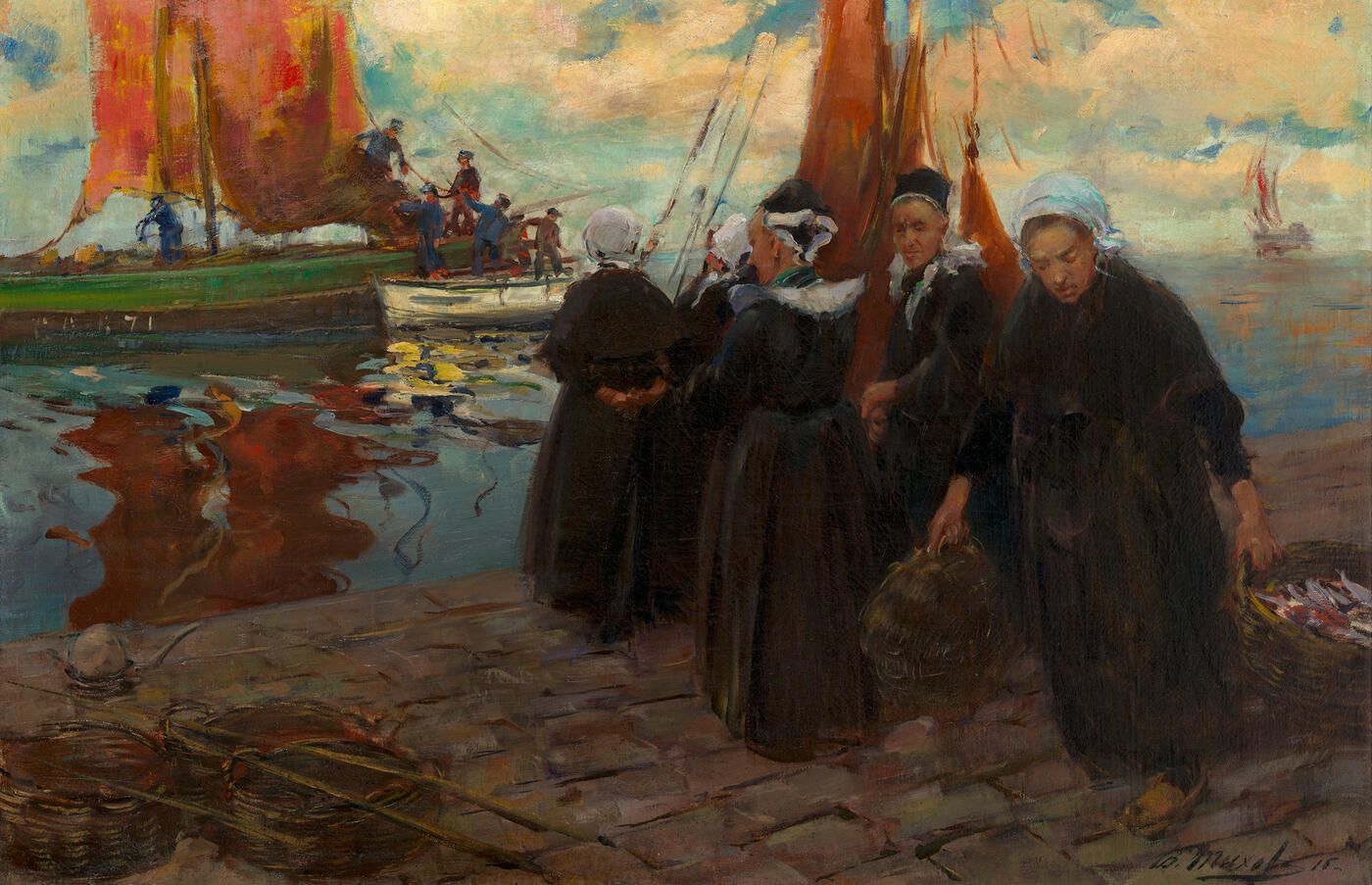This is the only easel painting that can be dated with certainty to Rosso's stay in France in 1530-40.
The cushions beneath Christ's body bear the blue alerions on an orange background of the coat of arms of Constable Anne de Montmorency, from whose château at Ecouen the Pietà was taken to the Louvre in the late 18th century.
The marks visible on the bodies of Christ and St John are due to an initial, reversed composition - vsible under X-ray photography - which Rosso had blacked out.










